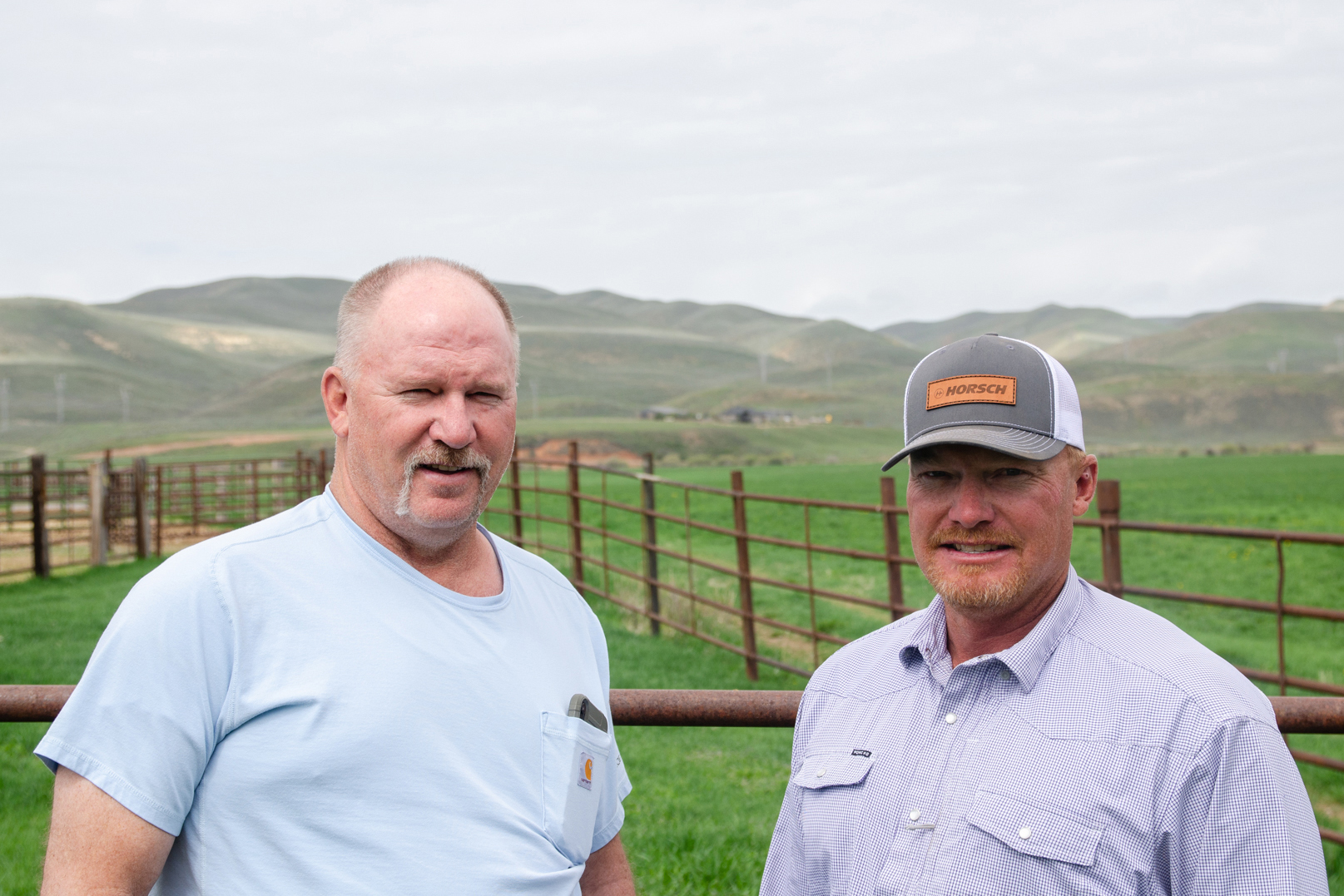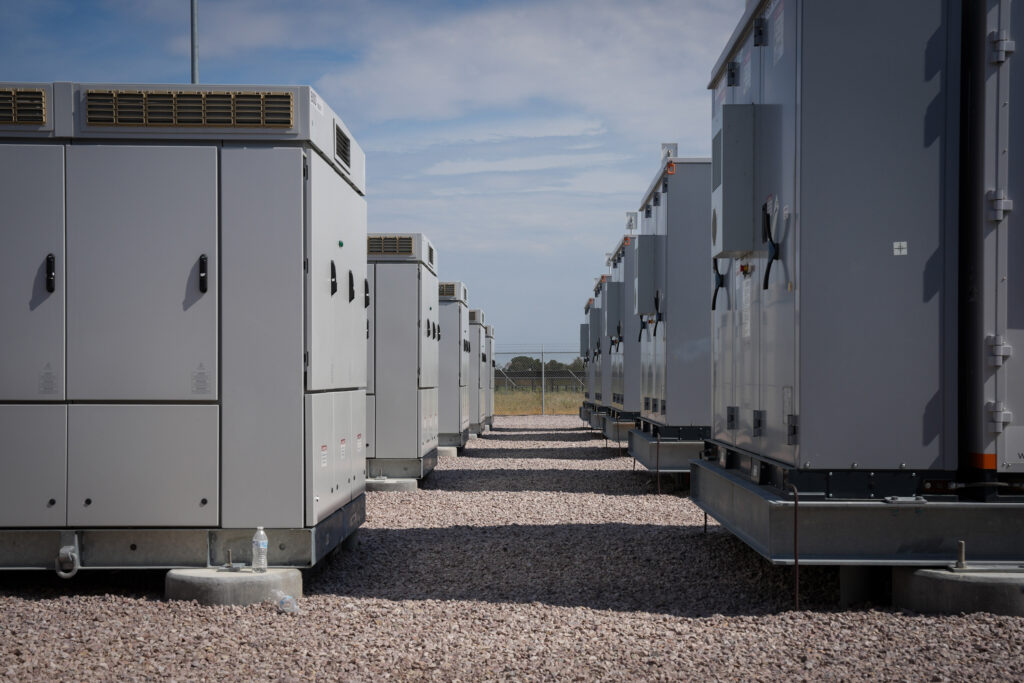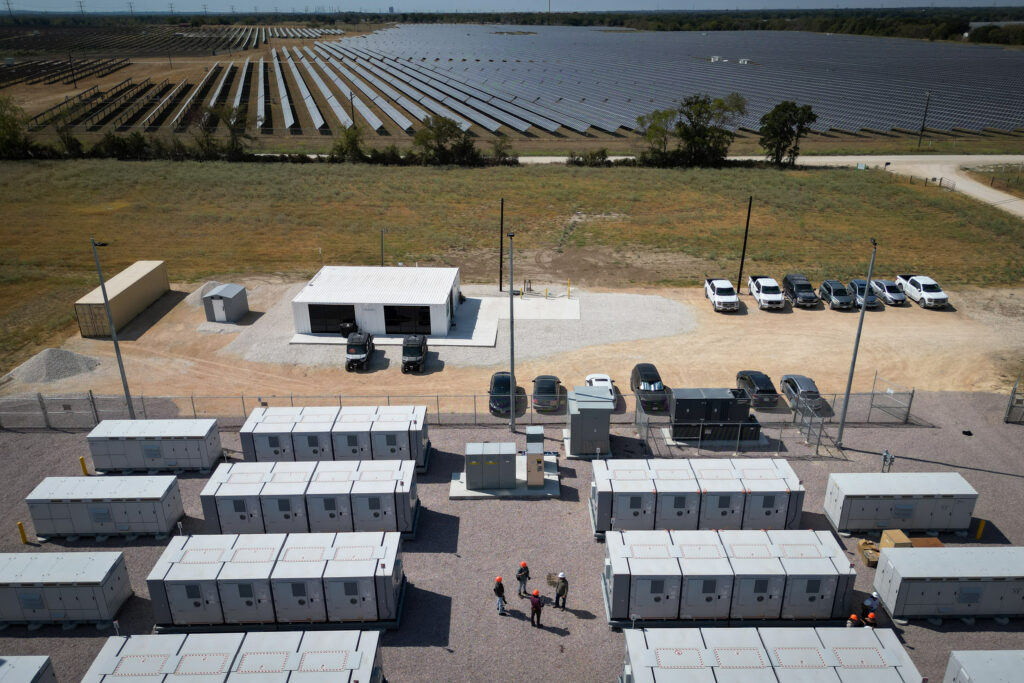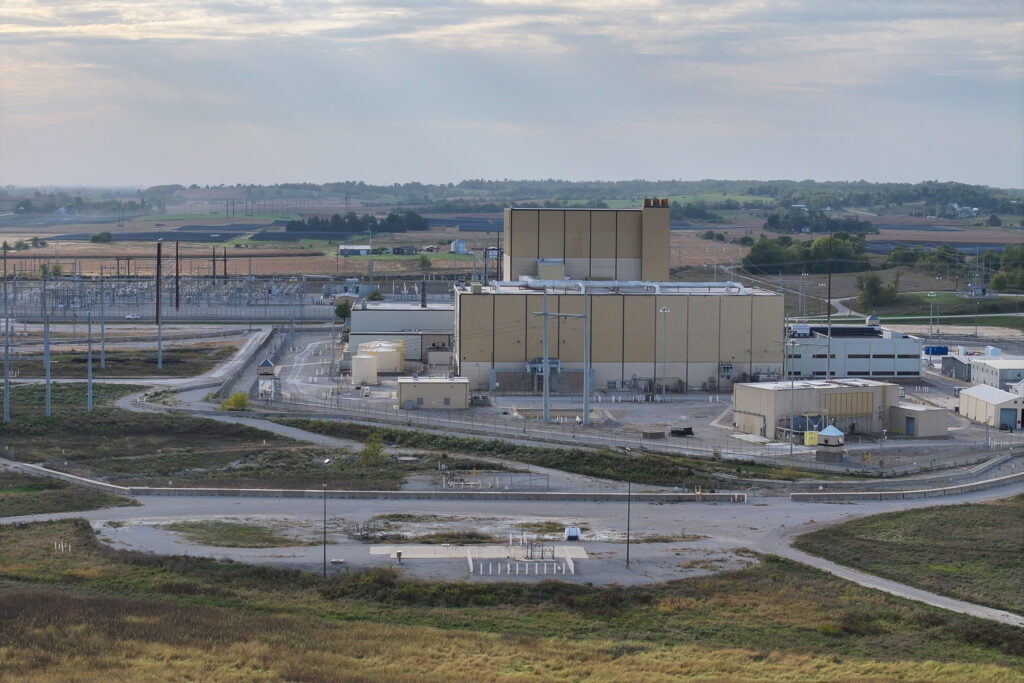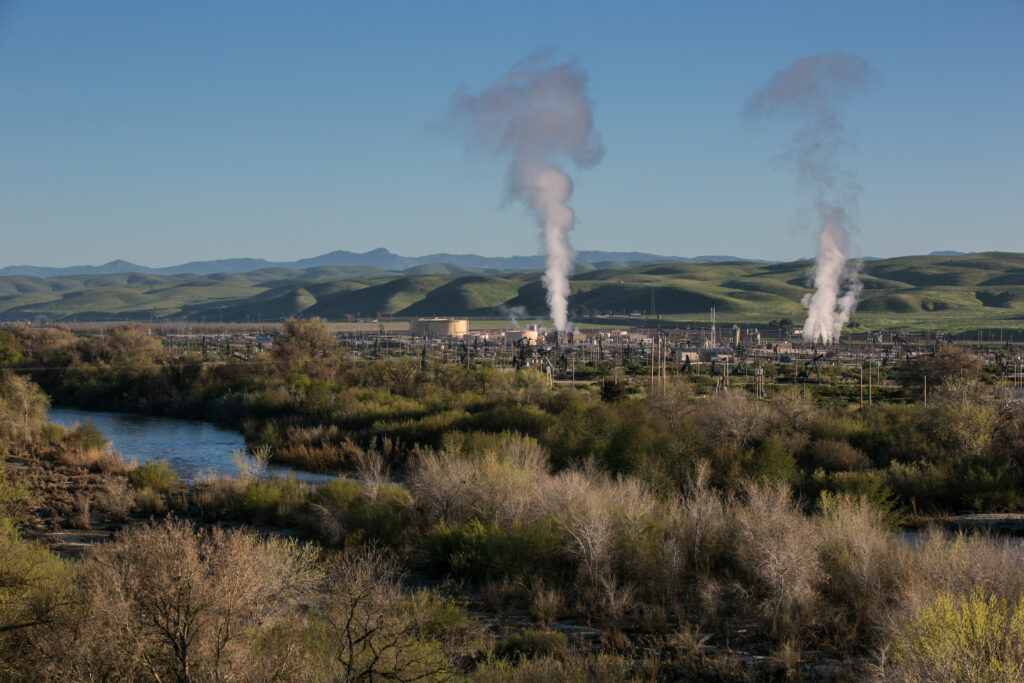In the last two years, California regulators have voted to cut incentives for home solar installations and slash them for apartment buildings and multi-tenant commercial buildings. Last week, the state’s Public Utilities Commission delivered another disappointment to solar advocates, voting 3-to-1 to approve changes to community solar programs that advocates fear will result in few new projects.
California utility regulators voted to revamp two existing community solar programs, one that connects low-income customers with discounted solar electricity from big projects and another that allows all customers in the state to access higher proportions of renewable energy. The decision also created a new program that would be managed by investor-owned utilities and other power providers, allowing customers to subscribe to individual community solar projects, with more than half of each project’s capacity set aside for low-income subscribers.
Solar developers that build such projects, solar trade organizations and some consumer advocates opposed the new program. They say its incentives are not significant enough to encourage new community solar projects, which are locally shared solar installations that provide electricity to multiple households, with bill credits going to the subscribers. During public comment at the Thursday commission meeting, Chris Ward, the California assemblymember who authored a 2022 law requiring California to update its community solar programs, said the decision was “wholly inconsistent” with his legislation.
We’re hiring!
Please take a look at the new openings in our newsroom.
See jobs
Roger Lin, an attorney for the Center for Biological Diversity, says, taken together, the commission’s recent decisions on solar incentives show that utilities are winning efforts to push back against smaller solar installations. If the state’s utilities “were serious about equity,” Lin said, they would be supporting incentives for low-income people and disadvantaged communities to convert homes to solar and establish community solar cooperatives, “not decimat[ing] those options for the sake of maintaining profit margins, which is what the Commission has allowed to happen. Again.”
The commission said its plan would keep the state’s rising utility rates in check while still creating ways for Californians to access community solar. In its recent decisions to cut incentives for smaller solar projects, commissioners have said they aim to avoid a “cost shift” that leaves non-solar customers paying for incentive programs and grid maintenance. Under their plan, the credits that community solar subscribers receive will come from federal and state funds, not increased utility rates.
Community solar refers to medium-sized installations, usually under 5 megawatts, often located near customers. Customers can subscribe to a specific project and the electricity it produces is used to offset their energy use. Unlike rooftop solar, which is only available to single-family homeowners, community solar projects are available to renters and people who cannot afford to install solar on their homes. Solar advocates see the success of community solar as an essential element in making solar more accessible.
California leads the nation in solar installations, but it lags in community solar, ranking eighth in the nation, according to data from energy consultancy Wood Mackenzie. New York, the national community solar leader, has more than 12 times the community solar capacity of California, enough to supply solar to more than 400,000 homes. The decision won’t help shift those standings, according to Derek Chernow, the western regional director for the Coalition for Community Solar Access (CCSA), a trade organization.
“The vote solidifies California’s place near the bottom of community solar markets nationwide, ceding leadership to other states to truly democratize solar energy and fulfill national energy equity goals,” said Chernow, in a statement about the vote.
The programs California expanded have been in existence for years but have resulted in a relatively small number of projects. Nearly 70 percent of the capacity for the Green Tariff Shared Renewables Program is still available nine years after the utility commission began the process to implement it. That program is open to all Californians and allows customers to pay higher rates for higher proportions of renewable energy or subscribe to a community renewable project, but advocates say it has been held back because its incentives are priced too low to entice project development.
“The commission wants to rely on a failed existing program as the engine for their alternative community solar program,” said Matthew Freedman, a staff attorney with The Utility Reform Network, a consumer advocacy group. “We can only conclude that the [program] is designed to fail.”
The fault lines over California’s recent solar decisions have not fallen evenly—the Utility Reform Network supported the commission’s 2022 decision to cut compensation for home solar. The group argues that as rooftop solar has grown it has impacted bill affordability for the rest of the state’s customers. But Freedman said his organization believes a different community solar program could have actually helped alleviate the cost shift associated with bill credits for home solar. TURN supported an alternative plan also backed by solar companies and groups including CCSA.
The disagreements are an indication of the complicated path California must navigate to achieve its vision for an entirely clean electric grid.
This story is funded by readers like you.
Our nonprofit newsroom provides award-winning climate coverage free of charge and advertising. We rely on donations from readers like you to keep going. Please donate now to support our work.
Donate Now
Some solar advocates, in response to the decision, say the commission seems to view large-scale solar as the state’s best bet to reach that target. Ahead of Thursday’s vote, commissioner Alice Reynolds emphasized the important role that solar plays in producing California’s electricity, but she said the community solar proposal from advocates like TURN and CCSA was too expensive. “There are frankly cheaper alternatives to supply clean energy to all customers, and they’re powering your homes right now,” she said.
Earlier this month, California received $250 million in federal money to help deploy community solar projects. Freedman worries that money could sit idle if the program is unsuccessful.
Participants in the community solar proceeding could request a rehearing. The commission’s home solar ruling, which for new projects reduced the compensation that homeowners are paid for the electricity generated by solar on their rooftops, is already facing challenges. In April, the California Supreme Court said it would review a case brought by environmental groups, including the Center for Biological Diversity, challenging their decision to reduce rooftop solar incentives. Since that decision went into effect in April 2023, the state has seen a precipitous drop in customers seeking connection of rooftop solar systems.




